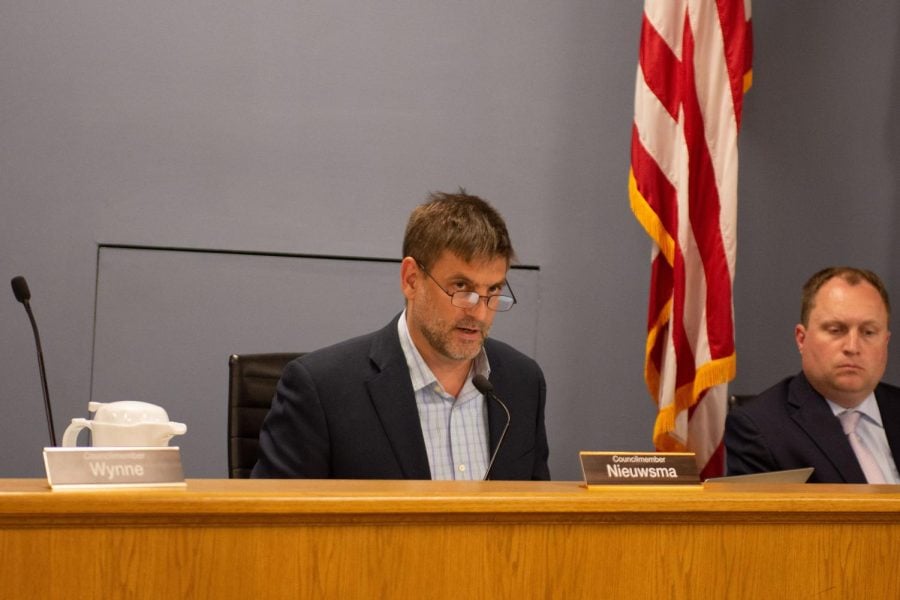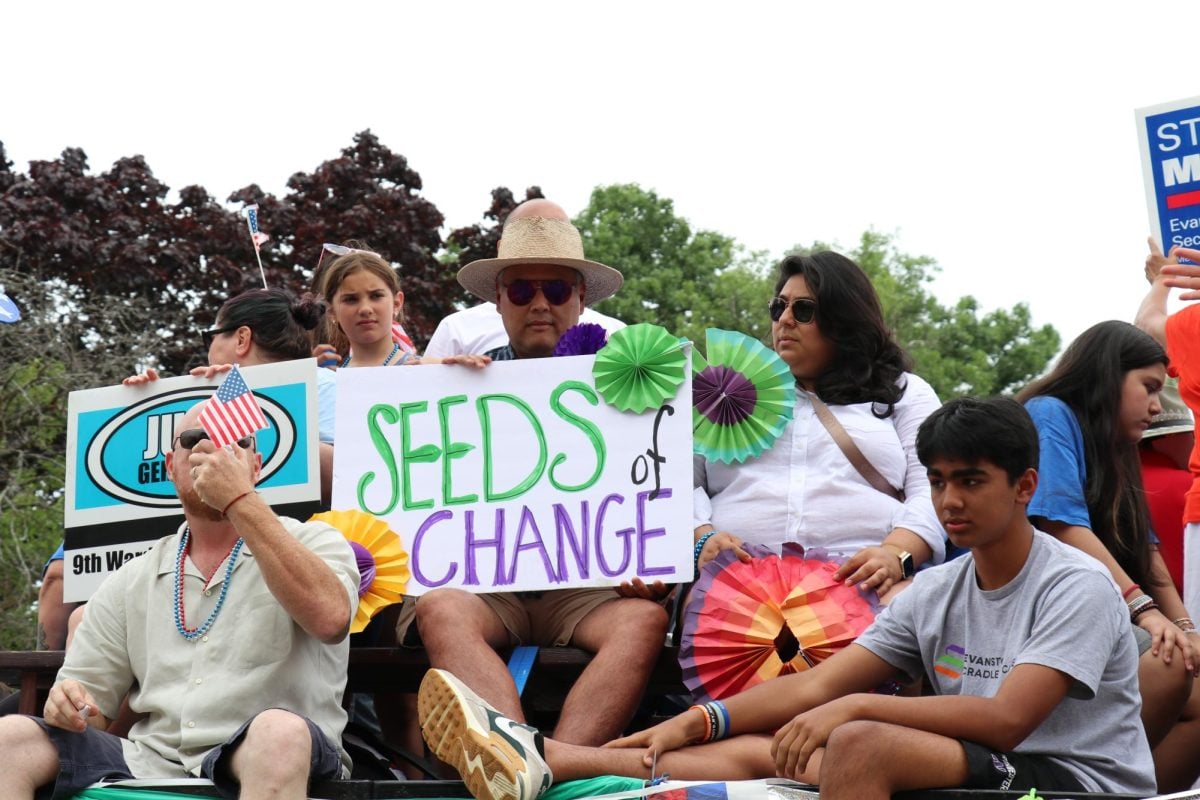Overrun with dozens of empty beer bottles and glasses, Kyle Ewing’s apartment on Maple Avenue doesn’t look that different from any other off-campus guys place. That is, until a closer inspection reveals the beer cans aren’t PBR, Keystone or Busch but brands like Magic Hat, Espresso Stout and Gumballhead.
“I guess people consider me a beer snob because I drink a lot of good beer,” the Weinberg senior says. “If I’m just having a couple beers to hang out, I don’t want to drink a ton of Busch Light.”
But Ewing isn’t the only Northwestern student flocking to bars and liquor stores to purchase craft beers, says Rob Strom, owner and general manager of Prairie Moon. “Right now the industry is becoming more craft-focused,” Strom says. “Even big breweries like Budweiser are trying their hardest to break in.”Of course, it doesn’t hurt that craft beers have a higher alcohol content, Strom says.
“It’s much more responsible. People are coming out and having one or two beers,” he says. “The idea is why not drink something with more flavor and a higher alcohol content if you’re looking for the effects of alcohol without having to drink six Miller Lights?”
The industry is slowly overtaking the beer market, says Marty Kohr, an Integrated Marketing Communications professor who has worked extensively with Goose Island Brewery.
Ewing was initially interested in craft beers after visiting several bars and restaurants.
“When I went to dinner, as long as I had a good enough fake or I was 21, I would try things I hadn’t had before,” Ewing says. “Lately there’s been a trend in restaurants and the general snobby drinking community towards making better beers available.”
There’s been an explosion in the number of microbreweries sprouting up, says beer blogger Scott Andrews, who founded thebeersnob.com three years ago.Andrews attributes the increasing interest in craft beers to the image it promotes.
“Once you go to college, you’re finally independent. I think you don’t see yourself as a child anymore,” he says. “The microbreweries might be seen as more of a more adult or sophisticated way to go.”
Shortly after Emily Raymond turned 21, she started going to bars with friends, and they recommended different beers. “I thought all beer tasted like Natty Light or Keystone, and so I never thought it was something I’d enjoy that much,” the Weinberg senior says. “Beer gets a bad rap. But once you start drinking it, you realize how much variety there is.”
Soon, she was hooked. Now Raymond and her friends trek to Chicago every Thursday night in search of a new beer bar. Reminiscent of a sketchy player, she keeps a “Black Book,” if you will, where she writes about every beer she’s spent time with. “This is the dorkiest thing in the entire world,” she says. “But usually when I bring a new beer home, I make a couple notes about what it tastes like or any interesting things about it.”
Raymond turned to the Internet to feed her neurosis. Despite trolling dozens of beer websites, she was unable to find a cohesive one that featured beer reviews in addition to information on both domestic and foreign brews (Andrews’ blog has only about 200 posts). “I’m hoping to start my own blog one day, ” she says.But even without the Internet, it’s easy to know about beer, says Ewing, rattling off dozens of domestic and foreign breweries and beer brands. But his knowledge comes from experience, he says.
“If you go to the liquor store, if you start reading, you get an idea of what the different styles are,” he says. “Just go to any decent-size liquor store and leave the refrigerated aisle.”
Both Raymond and Ewing admit their premium beer habit gets pretty pricey. “If you look at it in terms of alcohol content, you’re paying Grey Goose or better,” Ewing says. Craft beers may be on the upswing, but don’t go looking for it on Garnett. “You can’t afford to have a party with this type of beer,” Ewing says. “People would probably just puke it up anyway. That would be a waste.”
















